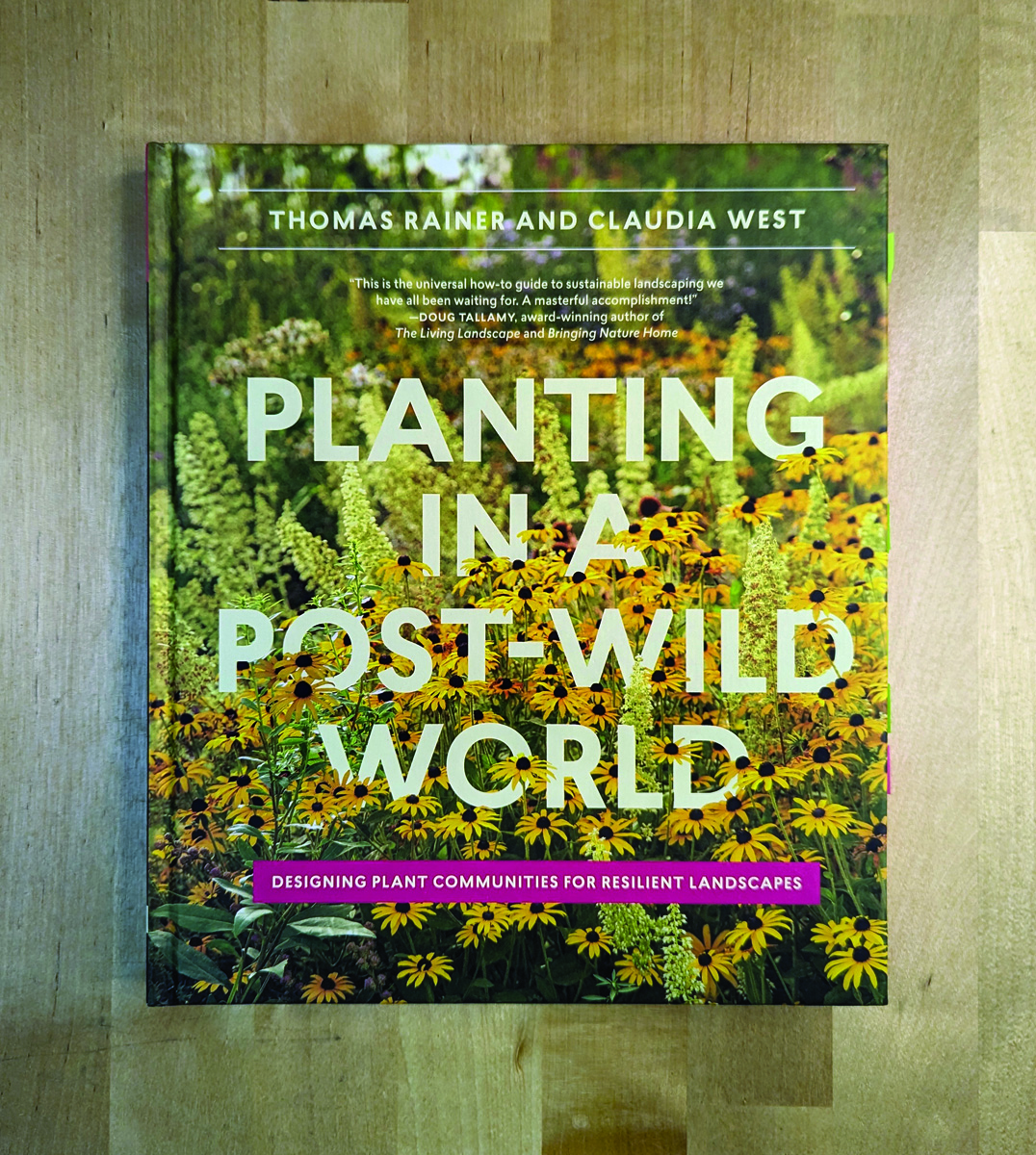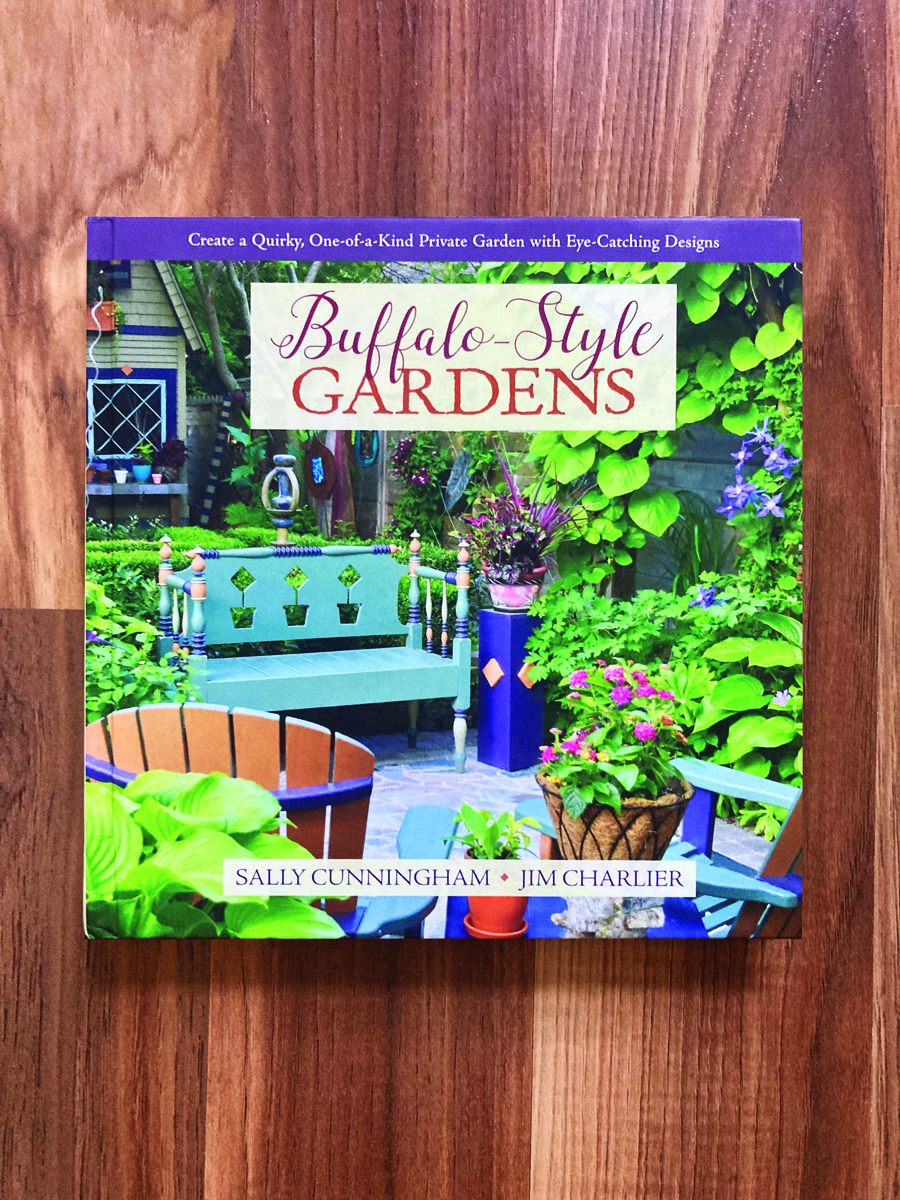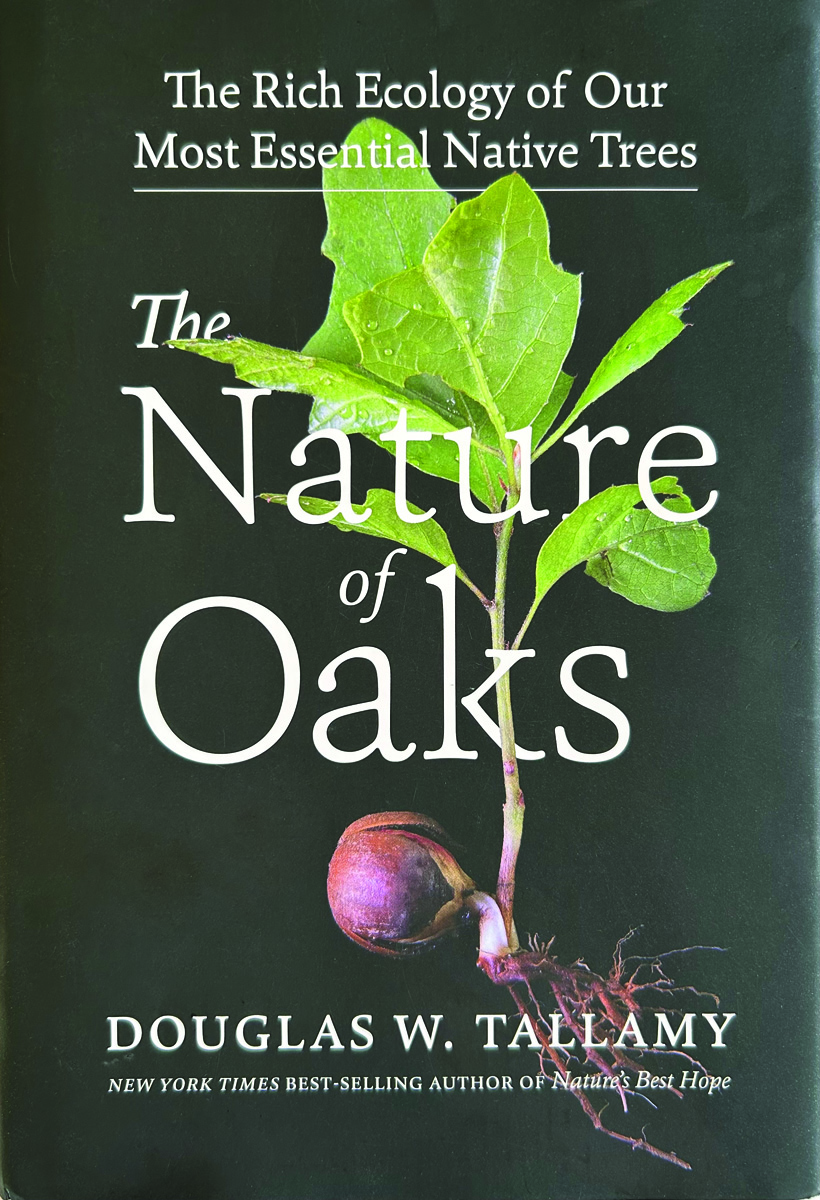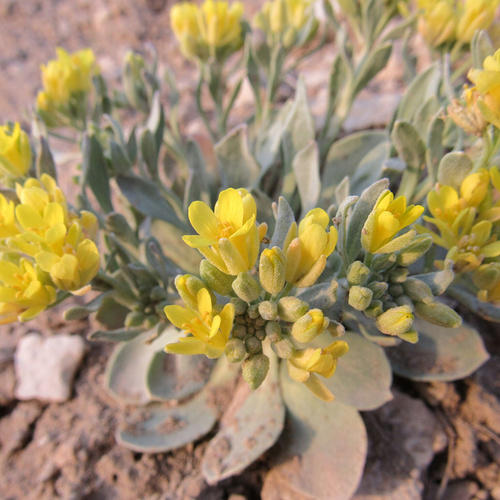Some plants seem to be ubiquitous, thriving between sidewalk cracks and in open fields alike. Dandelions (Taraxacum officinale) come to mind as possibly the best example in our region. At the other end of the spectrum are rare plants, which often occur sporadically in low numbers over a large area or at higher numbers over a small area. Not all rare plants are listed as endangered; for a plant to be listed, it must face threat of extinction. Keep reading to learn more about endangered plants in the Mountain West.
Rare plants versus endangered plants
Plants can be rare for several reasons. Some plants are rare naturally and are not likely to be listed as endangered if their populations are stable or increasing. Other plants are made rare by human-caused environmental changes and are more likely to be listed. Most often, a plant is rare due to one or more of the following:
- Adaptation to a particular kind of soil (which itself is rare)
- Specialized, nuanced relationships with rare pollinators or animals that distribute its seeds
- A unique or specialized breeding system (i.e., if a plant cannot pollinate itself)
- Human-caused changes to the plant’s habitat, including land development, deforestation, pollution, etc.
- Collection of the plants themselves (often by plant vendors or collectors)
- Introduction of a new pest, pathogen, or plant competition from elsewhere
The right ways to support rare and endangered plants
Protecting a rare or endangered plant is a complex affair. Often, gardeners want to know how they can pitch in at home. Due to the complexities of genetic bottlenecks and risks of inbreeding rare plants, as well as the damage done to wild populations by plant collectors, home gardeners should only be growing rare plants if they can acquire them from a reputable source, like a local land-management agency or reputable grower.
In many cases, responsible production of a rare plant requires seed or cutting collections from wild populations, which is best done by trained individuals who have been given the appropriate permissions and have the know-how about when and how to harvest to protect wild populations. So if you can find rare plants for sale from responsible sources, feel good growing them! Otherwise, it might be wise to find another way to be supportive.

Great ways to pitch in otherwise include supporting local land-management agency branches—in my area, the City of Fort Collins Natural Areas Department manages large populations of the rare Colorado butterfly plant (Oenothera coloradensis, Zones 4–9) as well as associated habitat, and has become a major conservation force for the species. Found almost entirely in wet meadows, the plant faces population-level risks due to current land use and development in the few counties where it grows in northern Colorado and southern Wyoming. Individuals can volunteer, for example, to help survey and study the plants populations and habitat, as well as to pitch in to help keep the sites in good condition.
Though once listed as endangered, the Colorado butterfly plant is now only considered rare thanks to a better understanding of how well-conserved it is on responsibly managed lands. One of its largest populations is in restricted areas of an air force base near Cheyenne, Wyoming. In part, such survey work and recovery of local populations made this delisting possible, and volunteers are essential for continuing this conservation.
Botanical gardens are great homes for threatened plants

Supporting local botanic gardens can also be a superb way to help ensure a future for rare plants. Both the Gardens on Spring Creek and Denver Botanic Gardens host managed populations of Colorado butterfly plant thanks to partnerships with local land-management agencies. Similar is true for many botanic gardens across our region and other rare and endangered native plants in the Mountain West. Individuals can support such efforts through both volunteering and donations to their local botanic gardens. In many cases, volunteering would include working directly with the rare plants in the garden or a nursery.
Often, rare and endangered plants grow easily in gardens since rarity can be caused by a quirk of seed distribution or other factors easily overcome in cultivation. Even in the case of plants that prefer a unique soil, the preference is often due to the fact that certain soils reduce the growth of other plants, like vigorous grasses, that would outcompete them in the area. In the garden, where grasses are weeded, such “picky” plants grow with more ease. This has been the case for the rare and absurdly cute Bell’s twinpod (Physaria bellii, Zones 5–6), which only occurs on a couple of rare soils in nature but grows easily in most well-drained gardens. I’ve even seen nursery-grown stock of this species available from a specialty grower in my area. Anytime you shop for a plant that could be rare, ensure the plant is nursery grown—never wild collected—to help protect wild populations. This is particularly crucial for cacti, yucca, and agaves, which are often illegally harvested from the wild.
Supporting endangered natives can start at home

Regardless of whether you grow rare plants, donate to or volunteer at local land-management agencies or gardens, or find another way to help protect rare plants in your area, remember that maintaining a sustainable backyard habitat can make a difference too. Providing good habitat helps to bolster populations of insects and other fauna that can act as pollinators and seed distributors for such species. It is particularly effective if these habitats are continuous or in larger swaths than just a patchwork. So if you can convince neighbors to also participate, or if you are lucky enough to back up to a wild space, your efforts will be especially impactful on the endangered plants in the Mountain West.
More helpful resources on endangered plants:
Discuss this article or ask gardening questions with a regional gardening expert on the Gardening Answers forum.
And for more Mountain West regional reports, click here.
Bryan Fischer lives and gardens at the intersection of the Great Plains and the Rockies. He is a horticulturist and the curator of plant collections for a local botanic garden.
Fine Gardening Recommended Products

Planting in a Post-Wild World: Designing Plant Communities for Resilient Landscapes
Fine Gardening receives a commission for items purchased through links on this site, including Amazon Associates and other affiliate advertising programs.
Featuring gorgeous photography and advice for landscapers, Planting in a Post-Wild World by Thomas Rainer and Claudia West is dedicated to the idea of a new nature—a hybrid of both the wild and the cultivated—that can nourish in our cities and suburbs.

Buffalo-Style Gardens: Create a Quirky, One-of-a-Kind Private Garden with Eye-Catching Designs
Fine Gardening receives a commission for items purchased through links on this site, including Amazon Associates and other affiliate advertising programs.
Buffalo-Style Gardens is a one-of-a-kind, offbeat garden design book that showcases the wildly inventive gardens and gardeners of Buffalo – and offers readers “the best of the best” ideas to use in their own small-space gardens.

The Nature of Oaks: The Rich Ecology of Our Most Essential Native Trees
Fine Gardening receives a commission for items purchased through links on this site, including Amazon Associates and other affiliate advertising programs.
The Nature of Oaks reveals what is going on in oak trees month by month, highlighting the seasonal cycles of life, death, and renewal. From woodpeckers who collect and store hundreds of acorns for sustenance to the beauty of jewel caterpillars, Doug Tallamy illuminates and celebrates the wonders that occur right in our own backyards. He also shares practical advice about how to plant and care for an oak, along with information about the best oak species for your area.

